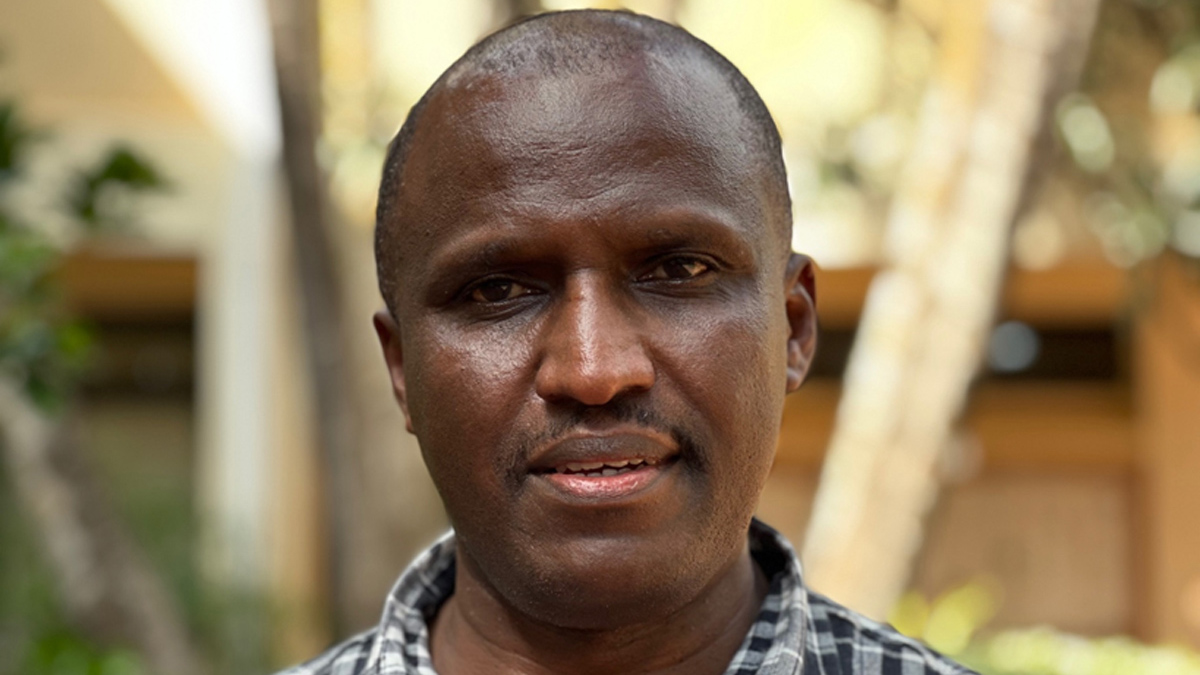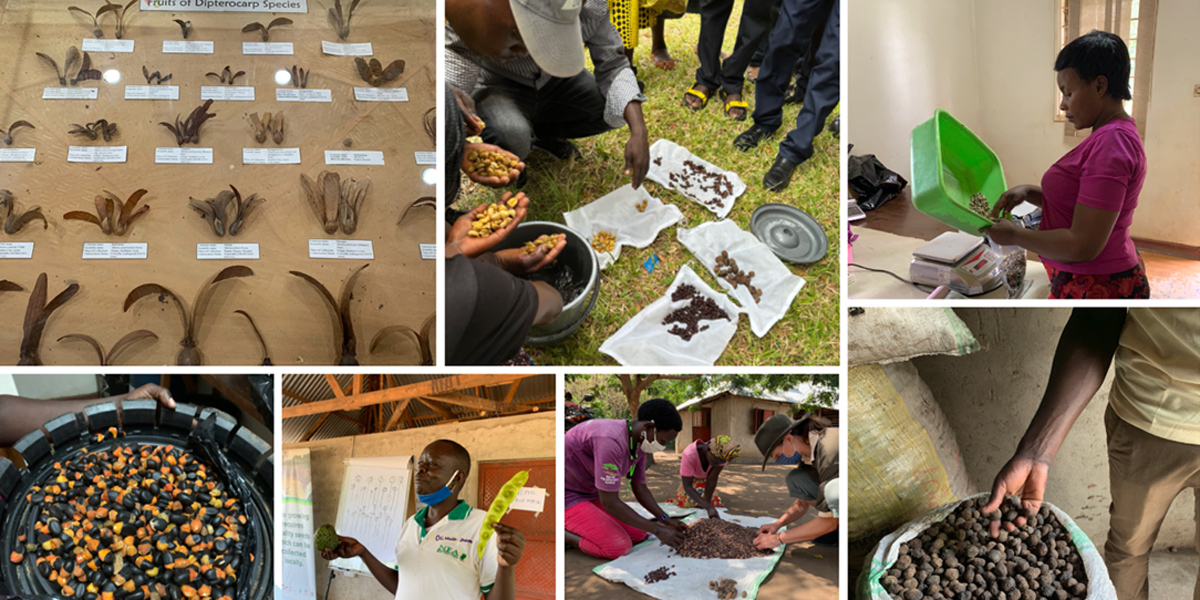
Study highlights need to clarify planting material provenance in funding proposals
By Cathy Watson
To ensure high-quality tree planting, institutions applying for funding to grow trees should explain how they intend to source their tree seed and seedlings, while donors should require planters to have a plan for obtaining such genetic resources.
This recommendation arose from a survey led by the Center for International Forestry Research and World Agroforestry (CIFOR-ICRAF) and analyzed in an article published in the international journal Environmental Conservation in December 2023.
The survey was completed by 14 funders of restoration, agroforestry, and wider tree-planting projects; 69 researchers that work on trees and tree planting; and 90 planters that organize tree planting and include non-governmental organizations (NGOs), individuals, and businesses.
“We found that the majority of funders are willing to include the requirement that applicants for financial support to carry out tree planting need to explain how they will source tree seed and seedlings,” says CIFOR-ICRAF scientist Sammy Carsan, one of the study’s lead authors.

The team of 10 authors, who have a particular interest in tools that “allow growers to do tree planting better”, focused on project design because “the planning stage offers a great moment for reflection about the tree seeds and seedlings needed, something that the applicant may not be thinking enough about,” Carsan says.
Asking applicants to dwell on how they will undertake tree seed and seedling sourcing can nudge individuals, businesses, projects, and NGOs to be more intentional about what trees they plant, says the Kenyan agroforestry and seed and seedling expert.
The study also found that funders themselves would like training so they can develop their own in-house capacity to evaluate fund applicants’ descriptions of seed and seedling sourcing.
“It’s not just those applying for funds who need help,” says Ramni Jamnadass, CIFOR-ICRAF’s longstanding thought leader on the genetic quality of tree seeds and seedlings, who was one of the study’s authors. “It is also the donors. Everyone needs support to understand the value of carefully collecting and using tree seeds – and certainly not sourcing all seeds, and the seedlings derived from them, from one or two mother trees.”

“Lack of attention to the quality of tree seed has many negative livelihood and environmental consequences,” says Ian Dawson, one of the paper’s authors and a tree genetics expert.
Immediate shortcomings include low germination, uneven or complete loss of nursery stock, loss of genetic diversity, and low survival in the field, according to Dawson. In the longer term, productivity is lower, and ecosystem services are diminished, including lower-than-expected carbon sequestration. These findings have been well documented by CGIAR-wide studies and other reviews, he says.
Researchers have long known that the quality of tree seed matters. From the 1970s through the 1990s, Western donors worked with forest authorities in more than 30 countries in Africa, Asia, and Latin America to set up national tree seed centres.
“Sadly, many fell into disrepair when investors at the time did not continue to recognize the importance of high-quality seed and seedlings, and because some of the supply models used by the centres were reaching only some tree planters,” says forester Lars Graudal, a leading authority on the use and conservation of tree genetic resources and also a study author.

However, the need to recognize the importance of high-quality tree seed became more urgent when countries embarked on the Bonn Challenge in 2011, the current target of which is to bring 350 million hectares of land into restoration by 2030 globally.
“Much of this restoration effort requires tree planting, yet accessing high-quality tree seed and seedlings has been neglected as an issue,” Graudal says. “Now this is changing, and we also understand better how to go about providing tree seed and seedlings to growers. Our survey reinforces the importance of this and shows how we might introduce tree seed and seedling sourcing as an important issue within the funding cycle, so the situation becomes more explicit and improves.”
The study aimed to explore whether adoption of measures that require ‘fund applicants’ to explain how they will source tree seed and seedlings would be acceptable to the broad tree-planting community. Fund applicants were defined as potential planters seeking financial support from public and private investors – such as governments, businesses, international initiatives, and foundations – to carry out tree planting.


Other findings from the survey:
- Funders ranked ‘training in tree seed sourcing quality standards’ highest among options to help them evaluate applications for planting funding.
- Funders and researchers together ranked ‘expected performance’ after planting as the most important information that fund applicants should provide to assess their seed and seedling sourcing, followed by information on the ‘origin’ (e.g., provenance or variety) of the seed and seedlings.
- All respondent categories said ‘practical guidelines’ on collecting, producing, and procuring tree seed were the best way to help tree planters develop a seed sourcing strategy.
- More messaging is needed so that the relationship between tree seed and seedling quality and tree performance – in terms of survival rates, livelihood benefits, and returns on investment – is better understood.
“Overwhelmingly, all respondent groups supported asking tree planters to explain how they will source tree seed and seedlings to promote better sourcing practice,” Carsan says. “We believe there are opportunities in proposal templates. Our next step is to consult funders and coordinators of major tree-planting initiatives to see how proposal templates could be changed to place more emphasis on sourcing.”
Acknowledgements
CIFOR-ICRAF is grateful to CGIAR funding partners, Norway’s International Climate and Forest Initiative, the European Commission, and the Green Climate Fund (GCF) for their support of this research and to GCF in Rwanda and Burkina Faso; International Climate Initiative Germany in Ethiopia, Kenya, Rwanda, Uganda, and Burkina Faso; Bezos Earth Fund in Rwanda and Kenya; and Global Affairs Canada in Burkina Faso and Ivory Coast for their country support.













